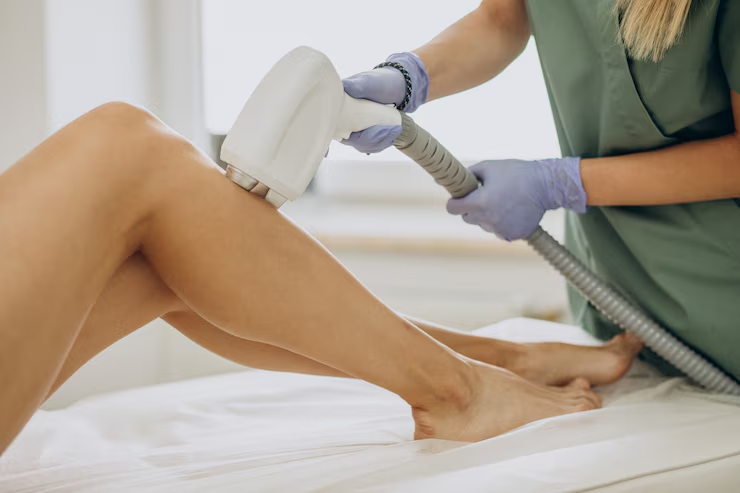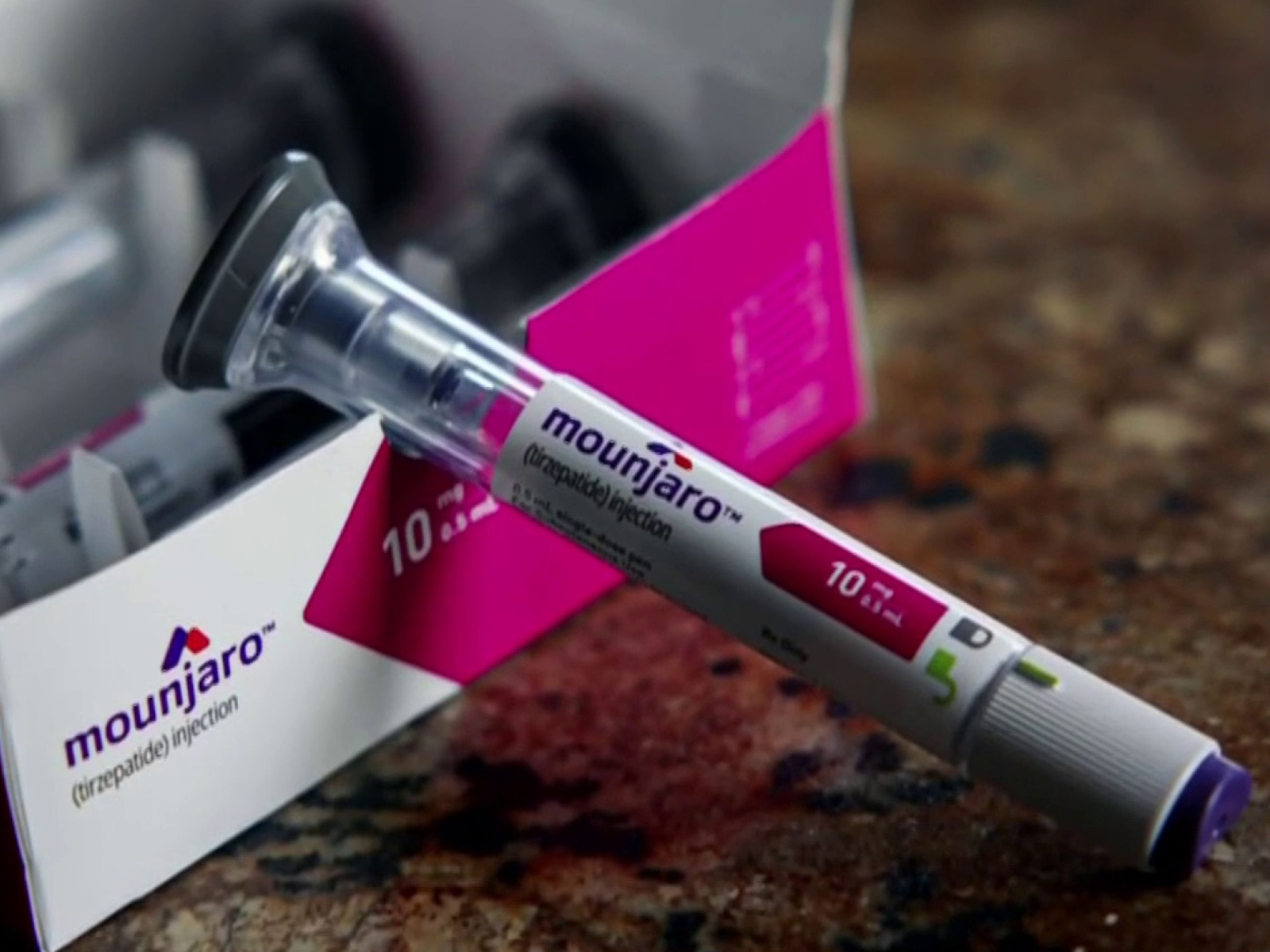Which treatment is best for knee pain?
Knee pain is one of the most common complaints among people of all ages and backgrounds. Whether it's caused by an injury, overuse, or the natural aging process, knee pain can significantly impact daily life, making even simple tasks like walking, climbing stairs, or standing for long periods painful. As a result, many people seek out effective treatments to alleviate their discomfort and improve mobility. There are various treatment options available depending on the severity and underlying cause of knee pain, ranging from conservative measures to more invasive procedures. In this article, we will explore the best Knee Pain Treatment in Dubai and discuss why finding the right solution is essential for long-term relief.
Knee Pain Treatment in Dubai: Options to Explore
When it comes to treating knee pain, it’s essential to have access to the best healthcare providers who can tailor a treatment plan to individual needs. In Dubai, there are numerous options available for treating knee pain, from physical therapy to advanced surgical interventions. Depending on the type and severity of knee pain, specialists in Dubai offer personalized solutions designed to address the root cause and promote healing.
Each treatment approach has its own set of advantages and is suited to specific types of knee pain. The treatment that is best for you will depend on the underlying cause, whether it’s osteoarthritis, a ligament tear, a meniscus injury, or other joint problems. Below, we’ll look at various treatments and explain their benefits to help you make an informed decision.
Conservative Treatments for Knee Pain
1. Physical Therapy
Physical therapy is often the first line of treatment for knee pain, particularly when it’s caused by muscle weakness, imbalance, or injury. A licensed physical therapist will create a personalized exercise program that helps strengthen the muscles around the knee joint, improve flexibility, and reduce pressure on the knee.
Therapeutic exercises may include stretching, strengthening exercises, balance training, and low-impact aerobic activities. Physical therapy can also help address poor posture or movement patterns that contribute to knee discomfort. In Dubai, physical therapists use advanced techniques like manual therapy, ultrasound therapy, and electrical stimulation to promote healing and reduce inflammation.
2. Rest and Activity Modification
In cases of mild knee pain, especially after an acute injury or overuse, rest is a vital part of the recovery process. Activity modification, such as avoiding high-impact activities and taking frequent breaks, can help reduce stress on the knee joint and allow for healing. Resting the knee can help alleviate symptoms in the short term while other treatments are being considered.
However, it’s important to avoid prolonged inactivity, as this can lead to muscle atrophy and stiffness, which can worsen knee pain over time. Balancing rest with gentle movement is essential to maintain joint function.
3. Ice and Heat Therapy
Cold and hot therapies can be incredibly effective in reducing knee pain, swelling, and inflammation. Applying ice packs to the affected area can help reduce swelling and numb the area, making it particularly useful in the first 48 hours following an injury or flare-up. Heat therapy, such as using a warm compress or heating pad, is often used for muscle relaxation and to ease chronic stiffness or tension in the knee area.
It’s essential to use these therapies correctly to avoid skin damage. Applying ice for 20 minutes at a time and allowing the skin to warm between sessions can provide relief without the risk of frostbite. Similarly, heat therapy should be used on muscles and surrounding tissues, but never directly on a swollen joint.
4. Knee Braces and Supports
For individuals with instability or weakness in the knee joint, a knee brace can provide additional support and protection. Knee braces can help distribute weight more evenly across the knee joint, reduce strain on ligaments and muscles, and prevent further injury.
These braces are especially beneficial for individuals with ligament injuries, patellar tracking issues, or osteoarthritis. Dubai-based clinics may provide custom-fitted knee braces that offer the most comfort and support.
Minimally Invasive Treatments
1. Corticosteroid Injections
Corticosteroid injections can provide significant pain relief and reduce inflammation in the knee joint. These injections are typically used when conservative measures, such as physical therapy and rest, do not provide sufficient relief. The corticosteroid is injected directly into the knee joint, where it helps to reduce inflammation and swelling, providing temporary pain relief.
While corticosteroid injections can be effective, they should not be used excessively, as repeated use may lead to cartilage damage or weakened ligaments. A doctor will evaluate your condition and determine if this is an appropriate treatment option.
2. Hyaluronic Acid Injections
Hyaluronic acid is a naturally occurring substance in the body that helps lubricate the joints. Injections of hyaluronic acid into the knee can help provide lubrication, reduce friction, and alleviate pain in individuals with osteoarthritis. These injections can help improve mobility and provide long-term relief, especially in cases of moderate to severe arthritis.
Hyaluronic acid injections are often considered a safer alternative to corticosteroid injections, as they have fewer potential side effects and may help preserve cartilage over time.
3. Platelet-Rich Plasma (PRP) Therapy
PRP therapy involves drawing a small amount of blood from the patient, processing it to concentrate the platelets, and injecting it back into the affected knee joint. The platelets in the PRP contain growth factors that promote healing and tissue regeneration. PRP therapy is a promising option for patients with knee pain due to tendon or ligament injuries, and it is increasingly being used to treat osteoarthritis.
While PRP therapy is considered minimally invasive, its effectiveness can vary from patient to patient. Clinical studies suggest that PRP can help reduce pain, improve joint function, and stimulate the repair of damaged tissues.
Surgical Treatments for Knee Pain
1. Arthroscopy
Knee arthroscopy is a minimally invasive surgical procedure used to diagnose and treat various knee conditions. In this procedure, a small camera (arthroscope) is inserted into the knee joint through a small incision. Surgeons can view the inside of the joint and perform treatments such as removing damaged tissue, repairing torn meniscus or cartilage, and cleaning up damaged areas.
Arthroscopy is often recommended when more conservative treatments have failed, and it is an excellent option for those with joint damage or persistent symptoms. It is commonly used for meniscus tears, ligament injuries, and cartilage damage.
2. Knee Replacement Surgery
Knee replacement surgery, or total knee arthroplasty (TKA), is typically recommended for individuals with severe osteoarthritis or joint damage that has not responded to other treatments. During this procedure, the damaged parts of the knee joint are removed and replaced with artificial components made of metal, plastic, or ceramic.
Knee replacement surgery is a highly effective solution for relieving pain and restoring function in individuals with end-stage knee arthritis. Although it requires a longer recovery time compared to other treatments, it can significantly improve quality of life for individuals with severe knee pain.
3. Osteotomy
Osteotomy is a surgical procedure in which the surgeon removes or reshapes part of the bone to relieve pressure on the knee joint. This procedure is often used for individuals with knee arthritis, particularly those with an imbalance in the weight distribution across the joint.
Osteotomy can delay the need for a knee replacement and is generally recommended for younger patients who have localized arthritis in one part of the knee joint.
Lifestyle Modifications for Knee Pain Relief
In addition to medical treatments, lifestyle changes play a crucial role in managing knee pain and preventing further damage. Maintaining a healthy weight is one of the most important factors in reducing strain on the knee joint. Obesity and excess weight can exacerbate knee pain, especially in cases of arthritis.
Exercise is also important for knee health. Low-impact activities like swimming, cycling, and walking can help improve muscle strength and joint mobility without putting excessive strain on the knee. Stretching and strengthening exercises are essential for keeping the muscles around the knee joint strong and flexible.
Conclusion
Knee pain treatment in Dubai is varied and diverse, offering options ranging from conservative therapies like physical therapy to advanced surgical procedures such as knee replacement surgery. The best treatment for knee pain will depend on several factors, including the type of injury, the severity of pain, and the individual’s overall health. It's essential to consult with a medical professional who can accurately diagnose the condition and recommend an appropriate course of action.




Comments
Post a Comment